About a year I’ve made regular incursions in the Vale Nature Reserve. So, I’m able to speak of my experiences there, what I saw and what I think about that place.
The Reserve is in Brazil, state of Espírito Santo, in Linhares, a city 109,4 miles away from the capital Vitoria. There are 85 square miles of preserved forest, besides the Biological Reserve of Sooretama and RPPNs (Private Natural Heritage Reserves). Together, they form a continuous block of forest, with twice the size.
Another important fact is that there is a concentrate of the latest great remaining Forest Board, a forest formation of highly threatened Atlantic Forest.

In the forest board reserves there are areas of riparian, waterlogged, mussununga, marsh and native camp, make the place explode in biodiversity.
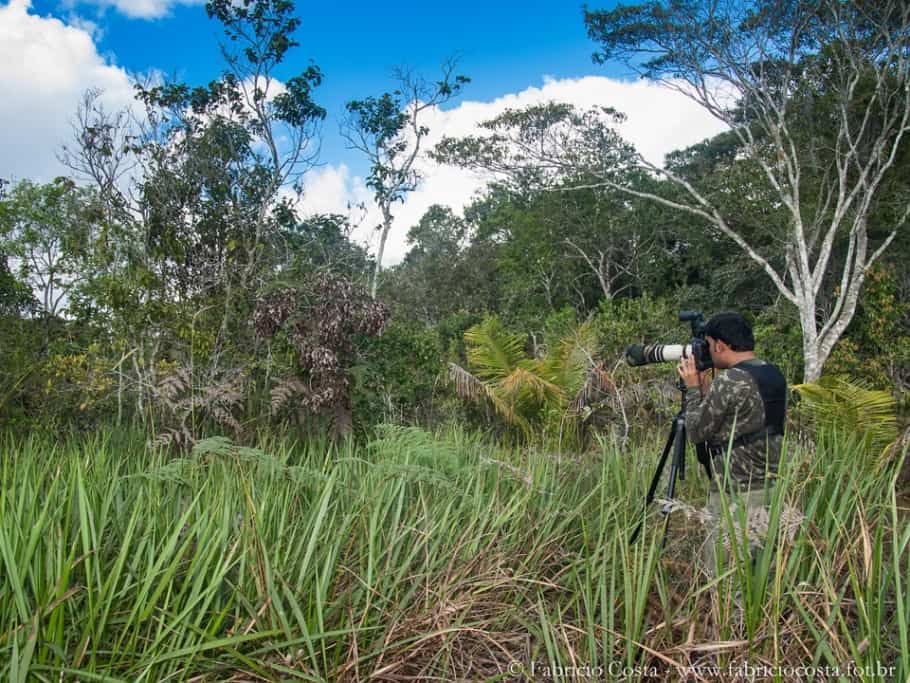
Good, but as the focus of this post is photography and birds, let the point: The reservation becomes an unknown amazing when it comes to diversity, we can find there typically Amazonian birds, as the Black-tailed Leaftosser and Collared Trogon, as well as endangered birds like White-winged Cotinga, Black-headed Berryeater, Red-billed Curassow, and others.
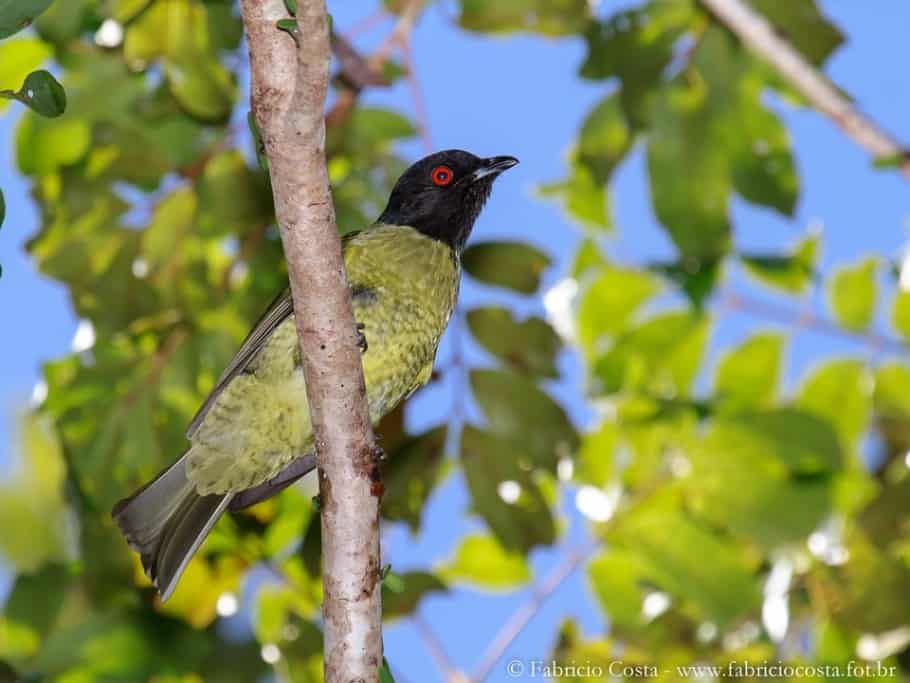
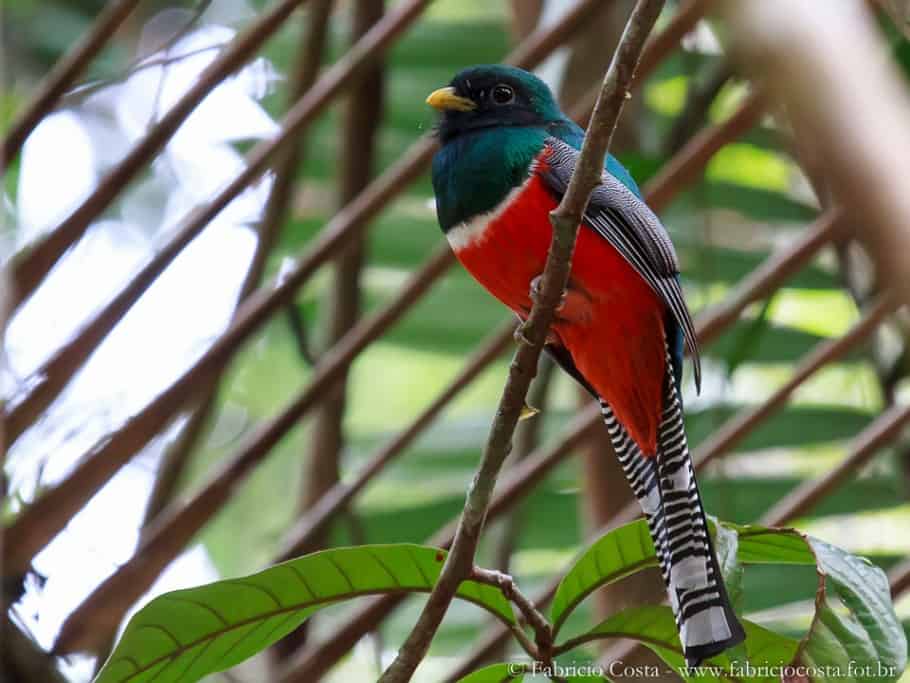
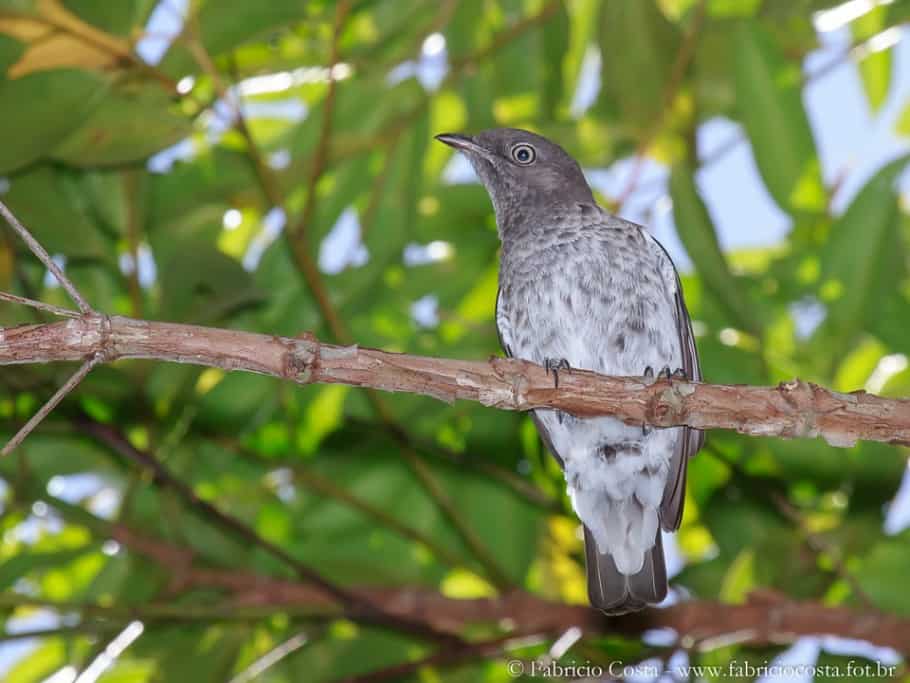
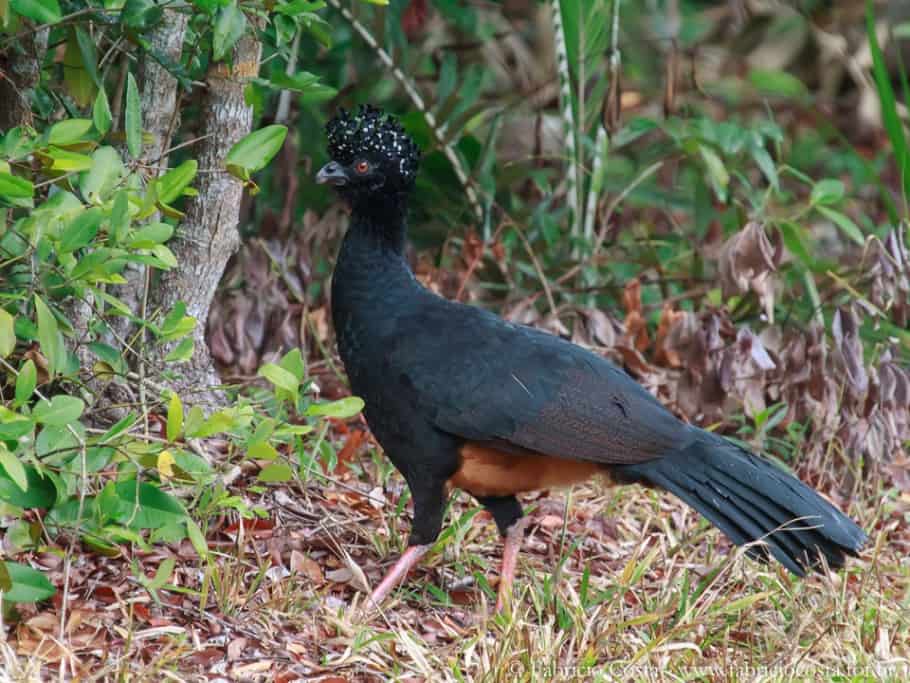
It is estimated there are 380 different species of birds in this reserve, becoming the interest of the scientific community, as well as the observers, who consider a place a sanctuary very protected, with efficient team of guards 24 hours a day.
You can’t talk about the Vale Nature Reserve without mention the iconic Rufous-vented Ground-Cuckoo, a ghost of the forest, rarely seen and barely heard. The region is the only home of the subspecies dulcis (Neomorphus geoffroyi).
Other interesting birds are woodcreepers, abundant in all the reserve, especially Buff-throated Woodcreeper and Wedge-billed Woodcreeper, because they are just find in this area of southeast.
They, as all woodcreepers, follow the eyre of ants, that leave the insects desperate to escape, becoming easy for them prey. I made a short video showing how the thousands of ants make eyre gathered in the woods and the sound they produce to move like an army on the march.

Like it? Pack your bags and get to know Brazil, the second country in bird diversity.
Fabricio Vasconcelos Costa
Brazilian photographer of birds and nature. He is 35 years old, lives in Espirito Santo, Brazil, and he loves to be a birdwatching. Since 2007, he joined his two passions: photography and wildlife, especially birds in nature. Through his photos, he wants to show the beauty of his country as a call for environmental preservation and awareness.
Leave a Reply